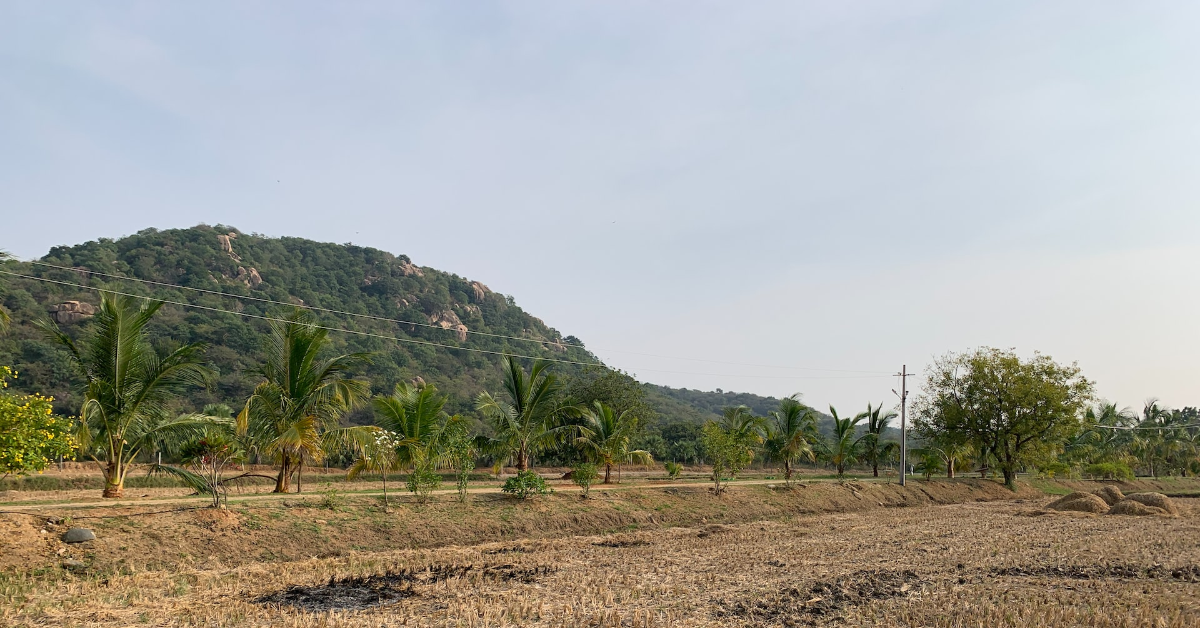The Benefits Of Living In The Indian Countryside

Living in the countryside has always been considered a healthier and more peaceful option compared to the hectic and fast-paced life of the cities. India, being a vast country with a population of over 1.3 billion people, has a diverse landscape and many rural areas that offer a unique lifestyle.
Health Benefits of Living in the Indian Countryside
One of the most obvious benefits of living in rural areas of India is improved air quality. According to a study by the World Health Organization (WHO), air pollution levels in rural areas are significantly lower than in urban areas. The study found that the particulate matter (PM) levels in rural areas were about 30% lower than in urban areas. This is primarily due to the lack of industrialization and heavy traffic in rural areas.
Living in the countryside also offers a more active lifestyle. With the availability of open spaces and fewer distractions, people in rural areas are more likely to engage in physical activities such as farming, walking, and cycling. This can help improve overall fitness and reduce the risk of chronic diseases such as obesity, heart disease, and diabetes.
Additionally, the rural areas of India offer a more relaxed and stress-free lifestyle. The pace of life is generally slower, and the sense of community is stronger. This can lead to improved mental health and well-being. A study by the Indian Council of Medical Research found that people living in rural areas had lower levels of stress and better mental health compared to those living in urban areas.
Environmental Advantages of Living in the Indian Countryside
Living in the countryside also has environmental advantages. The rural areas of India are home to diverse ecosystems and biodiversity, which are often threatened by urbanization and industrialization. By living in these areas, we can help preserve these ecosystems and promote sustainable living.
One of the key environmental advantages of living in rural areas of India is the opportunity to practice sustainable agriculture. Traditional farming practices, such as crop rotation and intercropping, can help conserve soil fertility and reduce the use of chemical fertilizers and pesticides. This can lead to healthier and more productive farms, as well as a healthier environment.
Living in the countryside also offers the opportunity to reduce our carbon footprint. With fewer cars and industries, the rural areas of India have a lower carbon footprint compared to urban areas. Additionally, the availability of open spaces and natural resources such as wood and water can make it easier to live sustainably.
Community Advantages of Living in the Indian Countryside
Finally, living in the countryside offers many community advantages. The sense of community is stronger in rural areas, and people often rely on each other for support and assistance. This can lead to a sense of belonging and social cohesion that is often lacking in urban areas.
One of the key community advantages of living in the rural areas of India is the opportunity to be involved in local governance. In rural areas, people have more direct access to their elected representatives and can have a greater say in how their community is run. This can lead to more responsive and effective governance and a greater sense of ownership and responsibility among community members.
Living in the countryside also offers the opportunity to be involved in local cultural and traditional activities. Rural areas of India are often home to unique cultural practices, festivals, and crafts. By living in these areas, we can learn more about these traditions and help preserve them for future generations.
In conclusion, living in the Indian countryside offers many benefits for health, the environment, and the community. The improved air quality and active lifestyle can lead to improved physical and mental health, while the opportunity to practice sustainable agriculture and reduce carbon footprint can have a positive impact on the environment. Additionally, the sense of community and involvement in local governance and cultural activities can lead to a sense of belonging and social cohesion.





